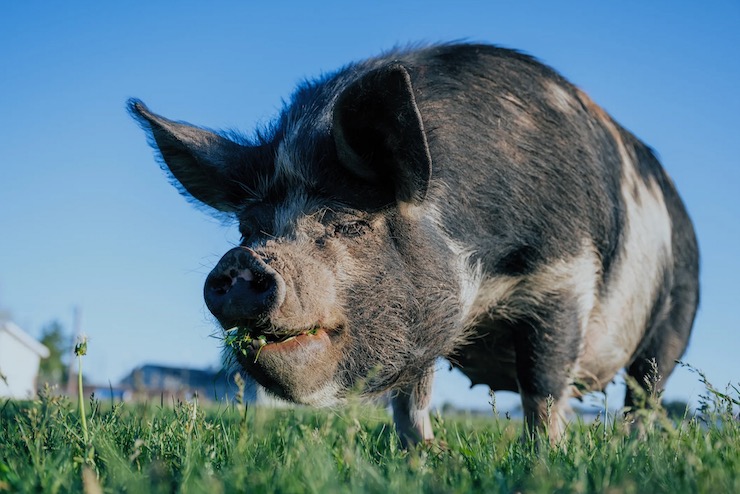
Germany, like the rest of the world, has relentlessly been battling the COVID-19 pandemic. As of September 2020, it is estimated that 311,000 Germans have been infected leading to the deaths of 9,582 people. Compared to the United States where numbers continue to climb to over 7 million infected and more than 200,000 deaths, Germany is fairing far better. However, Germans are now facing another epidemic that is driving the government to take drastic measures of protection, a deadly hog fever.
For the first time, confirmed cases of African swine fever have been found in Germany. Thankfully, this new epidemic is not infectious to people, only affecting pig populations. But for Germany, the largest hog producers in Europe, this comes as a big blow for an economy already suffering from COVID-19 related issues. According to the United States Department of Agriculture, “African swine fever is a highly contagious and deadly viral disease affecting both domestic and wild pigs of all ages…There is no treatment or vaccine available for this disease. The only way to stop this disease is to depopulate all affected or exposed swine herds.” The disease presents symptoms similar to the flu, resulting in death in approximately 10 days.
It is believed that infected feral hogs from Poland crossed over the border into Germany. The carcass of an infected wild pig was found in Brandenburg on the German/Polish border earlier this year. The majority of Germany’s hog farmers keep their animals fenced in, so the risk to their populations is lower. However, the confirmation of this case, even though it was not in a domesticated animal, has forced Germany to halt all exports of pig related products outside of Europe. In an attempt to curtail the spread of ASF, Agriculture Minister Julia Kloeckner announced that sensitive areas will be fenced off. She also said that dogs and drones will be used to locate pigs that could be infected.
Miles of fencing has been put up to stop wild hogs from entering Germany. Sniffer dogs are being used to track carcasses. Drones with infrared cameras are being used to track herds to stop them from spreading infection. Some areas are simply inaccessible for trackers and sniffer dogs to reach. But a drone can easily reach these areas. The live feed camera on a drone can let trackers know if they need to traverse tricky regions. The drones are able to cover far more ground than dogs and humans in record time. The drones are also being used to create models of where trackers think the herds may travel. The drones are flown along possible routes, collecting images that are then turned into 3D maps. The maps are then given to trackers and hunters. Hunters are being awarded over $100 for each feral hog they bring in.
In the past, combating the spread of a disease like AFS has been a huge burden. Having to rely on only dogs and humans to track vast stretches of forests and fields could lead to the infection rate getting out of control. But with advanced drone technology, German officials are confident that they can curb the spread to domesticated and feral hogs. Hopefully pork exportation will be able to resume so as not to further stress the German economy.
|